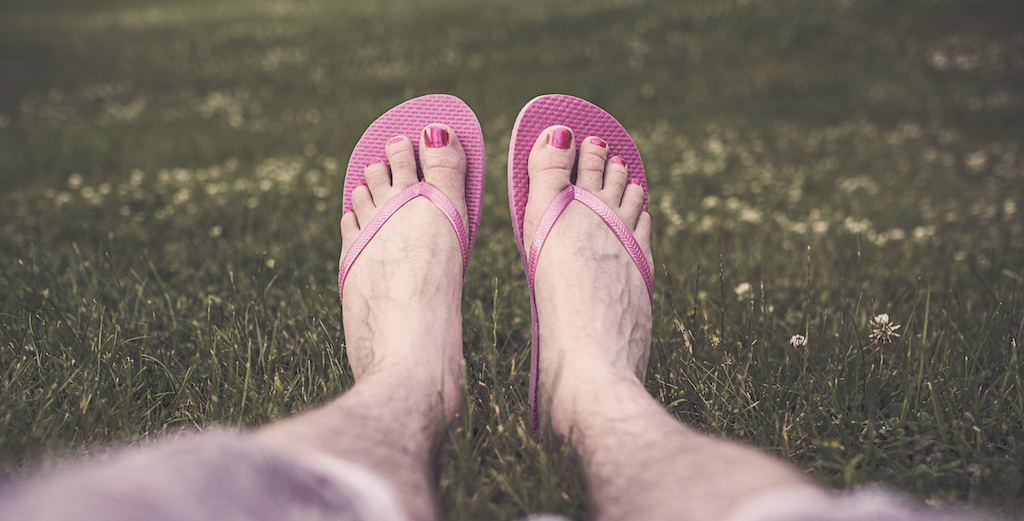Fat is back. We’re eating butter again at our house, because doctors say butter is better, and we can afford it. Also, of course, doctors no longer recommend pale artificial margarines that turn into health-threatening transfats when they’re baked.
That’s the problem with scientific guidance — science changes. Lately, I’ve been tallying up all the times in my life that conventional scientific wisdom has flip-flopped.
Many examples are very close to home. From when I was born in 1948, through my siblings’ births in the 1960s and 70s, my mother and stepmother both had roaring fights with their obstetricians about breast feeding. The two women didn’t agree about much else, but both insisted they should be able to choose to breastfeed.
In those days, doctors thought bottle-feeding was more “scientific” and (bizarrely enough) that it provided better nourishment. Every new mother’s medicine tray included “dry-up” pills along with pain meds. Post-partum, a woman who intended to breastfeed had to sort through her pill cups and refuse the “dry-up” pills, which set off confrontations with the nurses and doctors.
Of course, that was the least of many medical interventions ostensibly intended to make childbirth safer but in fact making the process easier for medical staff.
Women gave birth on our backs, in the lithotomy position — convenient for the caregivers, but perhaps the hardest possible position for pushing and delivering. Fathers paced in waiting rooms outside, forgotten partners in the begetting.
A generation or two later, when I gave birth in 1988, breastfeeding was the norm. Bob and I attended pre-natal classes together, despite his ex-wife’s scolding that he shouldn’t be exposed to that stuff. Pre-natal class was as close as we could find to a midwife.
Bob was in the delivery room with me through the C-section, and stayed with me even when the baby didn’t breathe at first — though as soon as the swinging doors closed, the boy was hollering so loudly in the hallway that we could hear him in the OR.
On my doctor’s advice, my babies slept on their stomachs. They had plenty of time to learn to push themselves up to crawling position. I used to find them up on all fours, rocking in their cribs.
Fifteen years after I birthed my first child, my sister had her first — and the doctor told her that babies should sleep on their backs. When I visited to help, she asked me how long a baby should be allowed to lie on its stomach.
Gendered examples come most easily to me, perhaps because the politics are so clear. Consider how the APA’s DSM IV (the American Psychiatric Association’s Diagnostic and Statistical Manual of Mental Disorders) has evolved since 1952 to recognize that non-binary relationships are well within the normal spectrum, rather than being pathological.
The first three DSM editions called non-binary relationships pathological — “paraphilia” (DSM I), “sexual orientation disturbance” (DSM II) or “Ego-dystonic homosexuality” (DSM III) in 1974. Subsequent DSMs dropped the labels.
Most of these examples involve honest errors, scientific misunderstandings which eventually yielded to evidence-based argument. True, many errors resulted from exclusion. Women doctors had a lot to teach male doctors about obstetrics.
On the other hand, the latest reversal is the result of the sugar industry’s deliberately manipulating scientists and social policy. The Journal of the American Medical Association reported last year that, in the 1960s, the Sugar Research Foundation sponsored Harvard scientists in an effort to “refute” concerns about sugar’s possible role in heart disease.
Published in 1967, the Harvard doctors’ selective literature review set the stage for a 50-year sugar binge in processed food. With sugar seemingly exonerated, blame for heart disease fell on dietary fat. People put skim milk on their sweetened breakfast cereal and washed their meals down with soda pop.
Recently though, repeated studies have shown that dietary fat has little effect on illnesses like heart disease, breast cancer or colorectal cancer. Conversely, they’ve found direct links between excess sugar and increased risk of chronic diseases.
Worse, fat soothes people but sugar rushes cause stress. People who live on soda pop, or eat lots of sweet candies or baked goods, are subject to sugar peaks and crashes and may lash out in “hanger,” both hungry and angry.
Fat, on the other hand, makes people feel full for a long time. Folks on the Atkins and Paleo diets like to brag that their diets allow them to eat bacon, or whipped cream, to their heart’s content. So fat is back, from olive oil to butter.
I’m not one to overindulge, much, but I have to say this latest flip-flop has summertime appeal. Here I am in dairy country, cycling through a crowded resort town every day. I’m ready to celebrate the re-discovery of butterfat. Garcon! Give me *two* scoops of ice cream, please!
Like this article? Please chip in to keep stories like these coming.




